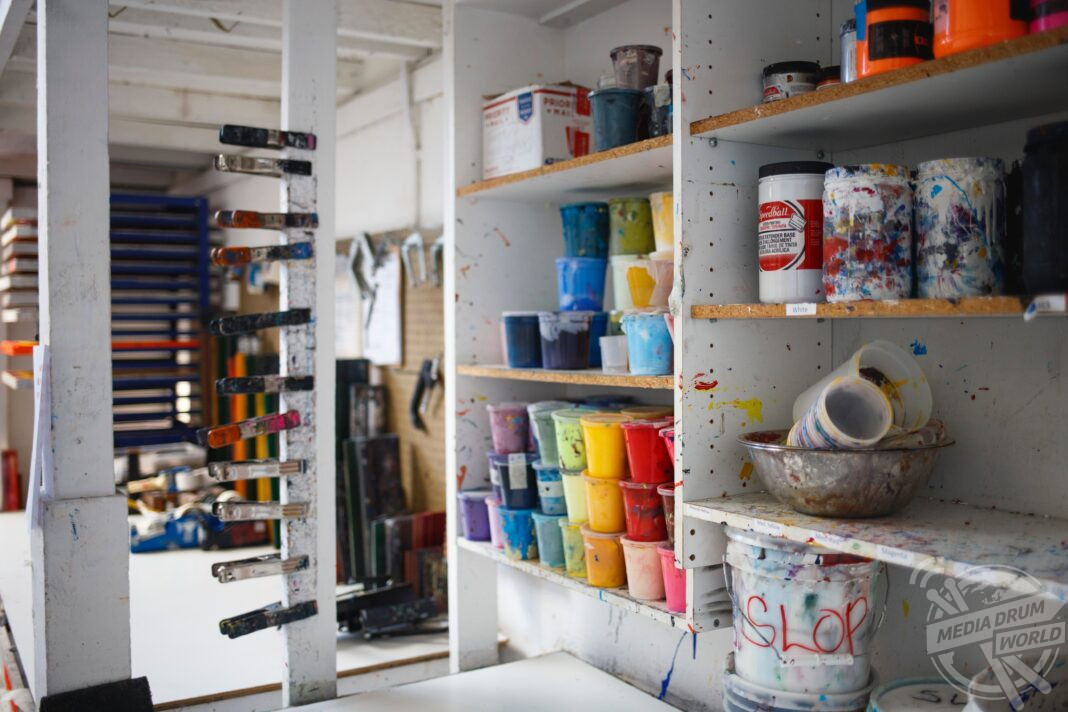Acceptance rates for the best art colleges can be as low as 10 percent. Therefore, you need to have the best art application possible. One way to do that is to make sure your art portfolio has everything it needs.
Read on to learn what you should have in your portfolio.
Follow the Requirements
Many art schools will have particular requirements you need to follow. Your first step should be to read these and design your portfolio around them. If you don’t, your submission faces disqualification.
Display Your Unique Observations
You may like to draw different fanworks of your favorite tv shows, comics, and so on. It’s fine to create these things. However, experts don’t recommend including them in your portfolio.
Rather, include creations based on real-life subjects. How you approach them should also
reflect your own unique creative expression.
Show Your Art Process
Don’t fill your art portfolio with finished artworks alone. For at least some pieces, make full timelines that show the art techniques you used.
Start with the first basic shapes. Then put in the fuller sketches. Afterward, show the shading and the finished pieces.
Provide a Range of Subjects and Mediums
Art colleges rarely look for students who can only work with one subject or in one medium. They prefer those that are flexible.
Therefore, don’t just have art pieces of people, animals, landscapes, or architecture. Instead, your portfolio should have a mix of these.
You should also follow the same guidelines for mediums. Don’t just have colored pencils, charcoal, oil paint, pencil, or photography works. Try to include multiple mediums.
However, be sure that you don’t go far beyond your own artistic abilities. Choose mediums and subjects with which you can work comfortably.
Make Written Statements
It’s often a good idea to include short written statements about your art pieces. These should reflect your creative thought process as you made each work.
However, you shouldn’t make these too long. Make sure that your focus is primarily on the art pieces themselves.
Include a Self-Addressed Enveloped and Return Instructions
Unless you’re sending a digital portfolio, as you might with a virtual art residency, you’ll likely send physical portfolios to art colleges. You’ll likely not want colleges that reject you to keep these portfolios. It will save you a lot of time and effort if they return your portfolios to you.
Include a self-addressed envelope and instructions to send your portfolios back. Each school should be more than happy to do so. You can then put pieces in these portfolios into applications to other schools.
Did You Like This Art Portfolio Article? Read more!
Beyond following these art portfolio tips, make sure that you stay determined. It can be
intimidating to receive many rejections. However, staying strong and continuing to move
forward will probably help you achieve your goal.
If you liked this article, be sure to check out our others. We post articles on a variety of
different subjects daily. It’s guaranteed that you’ll find something you like.









